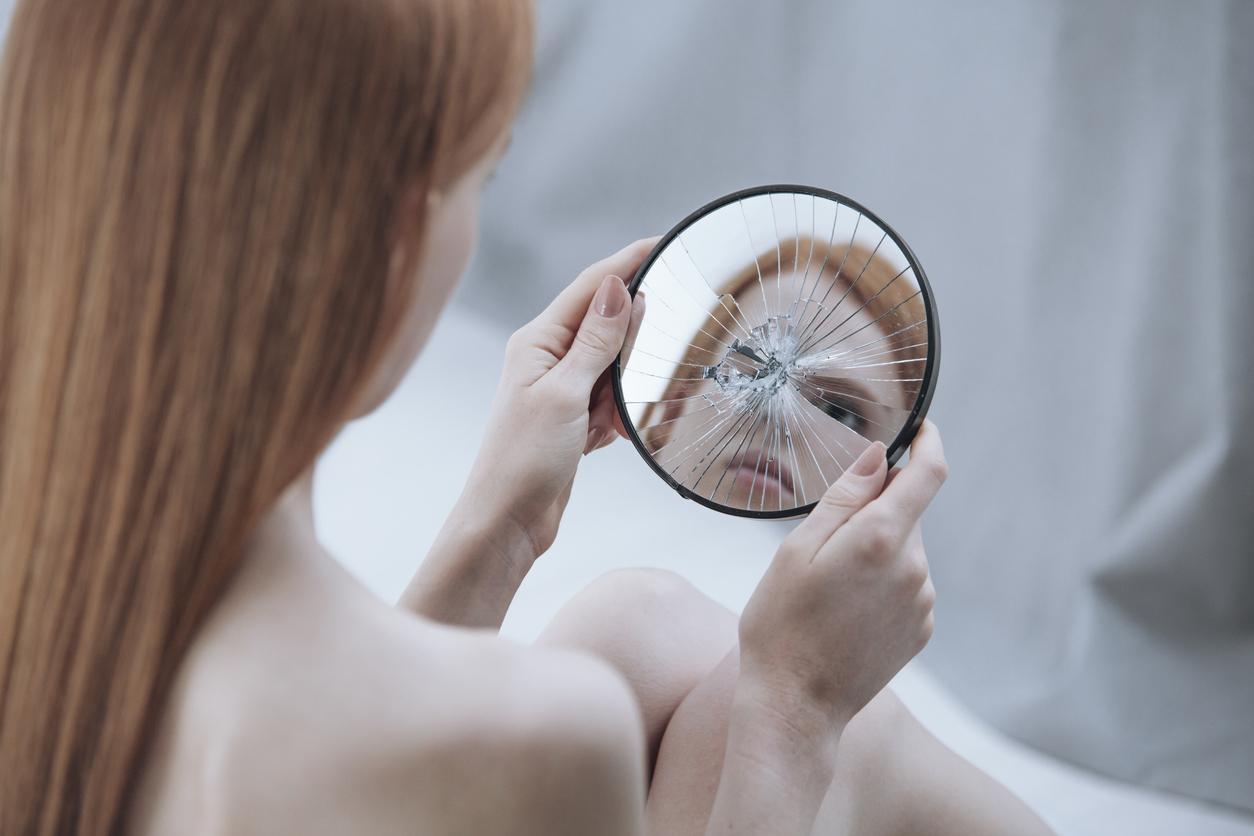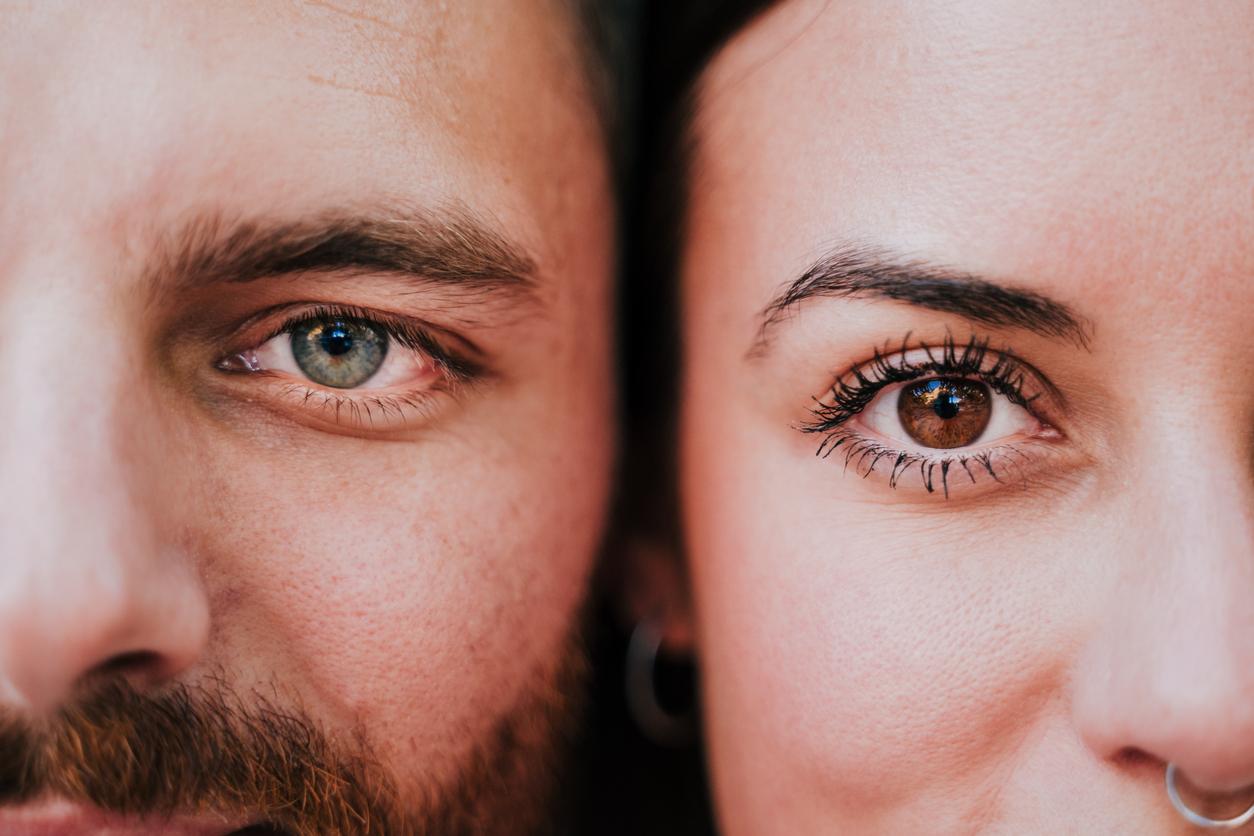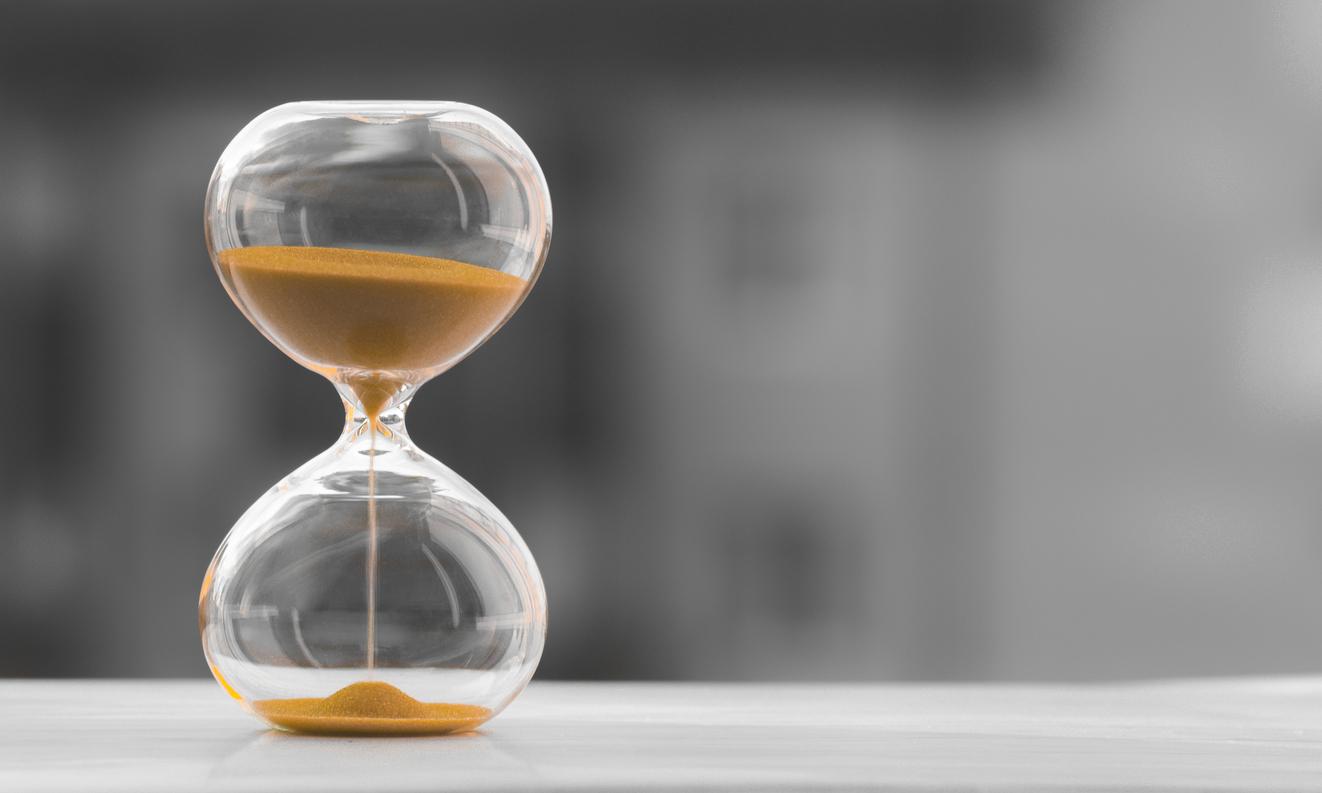While it’s normal to worry about your appearance, having a distorted perception of your physique can be a problem… it’s dysmorphophobia.

- Nearly 80% of people with dysmorphophobia have suicidal thoughts, and 25% to 30% of them attempt suicide.
- Most people with BDD are unaware that they actually look normal.
- The diagnosis can be made by a doctor, in order to assess the need for treatment: antidepressants, behavioral and cognitive therapy, or the habit reversal technique.
The image we perceive of ourselves can be a source of insecurity, fear, and rejection, especially during dysmorphophobia. It is also greatly influenced by the standards of beauty that push us to compare ourselves.
What is the difference between distortion and dysmorphophobia?
It is of course impossible to observe the self-image as reality, we all construct an image according to our sensory perception and what we observe in the mirror. However, if this distortion should allow us to form a drawing close to reality, when this one moves away from it a little too much, the image becomes disproportionate and very often negative.
We can realize this when we develop complexes that become predominant and we hear more criticism than compliments.
How to adjust your body image?
The first step is to realize that our bodily perception is never real but always interpreted by our feelings and comparison with others. Then, focusing on developing positive emotions by focusing on one’s well-being, functionality, and strengths helps to shift the gaze towards oneself without worrying about that of others.
Being able to do this work allows you to get as close as possible to reality and to reclaim your image according to who you are and not who you want to look like.
Find out more: “Dear body, I love you” by Jessica Sanders, Carol Rossetti, Delphine Rossini.















